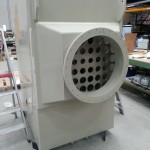
WORKING PRINCIPLE Wastewater streams can be concentrated in a Galicos module at low cost using waste heat from e.g. ventilation air or outside air. In this process, the airflow is almost saturated with vapor of the liquid due to the…

WORKING PRINCIPLE Wastewater streams can be concentrated in a Galicos module at low cost using waste heat from e.g. ventilation air or outside air. In this process, the airflow is almost saturated with vapor of the liquid due to the…
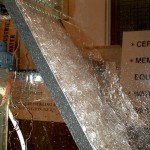
Working principle Contaminated ventilation air or flue gases can be washed by leading the gas stream through one or more Galcios Units (see working principle). Dust and soot particles are trapped in the liquid while caloric energy (when present in…
WORKING PRINCIPLE Volatile substances can effectively be removed from a liquid such as wastewater or drainage water. This is accomplished in the Galicos system by evaporating them in the relatively large gas (air) flow that is intensively brought into contact…
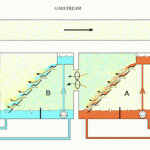
WORKING PRINCIPLE In the first Galicos module, the recirculating gas stream absorbs evaporation heat and some (clean) vapor from the contaminated hot fluid. In the second Galicos module, this gas stream condenses in the cooler and cleaner liquid and the…
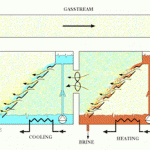
WORKING PRINCIPLE In the first Galicos-module (the evaporator) the liquid is led as a thin film shaped stream at increased temperature over a number of inclined plates. These plates are equipped with a large amount of specially shaped openings which…
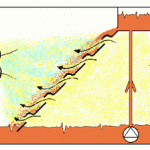
WORKING PRINCIPLE A liquid can effectively be aerated through one or more Galicos modules (see w principle). Depending on circumstances the oxygen transfer is around 3 to 4.5 kg of oxygen per KWh of energy consumed. Features Low costs Not…